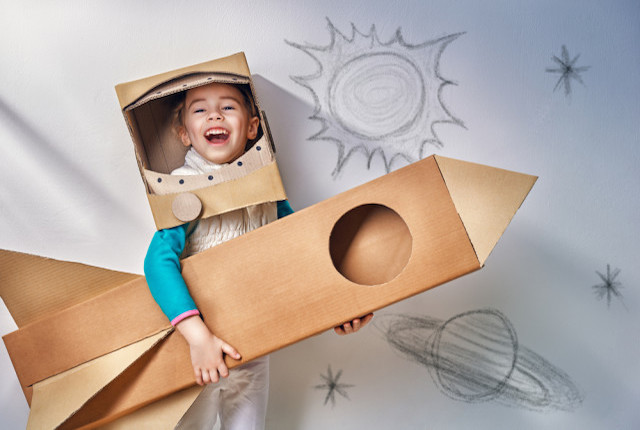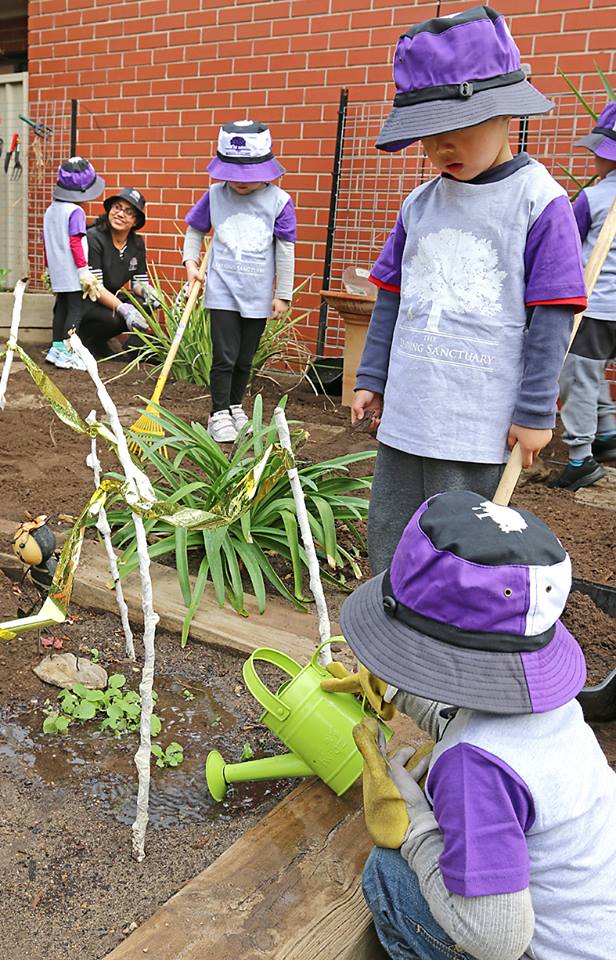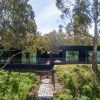By Chelsea Scott – The Learning Sanctuary
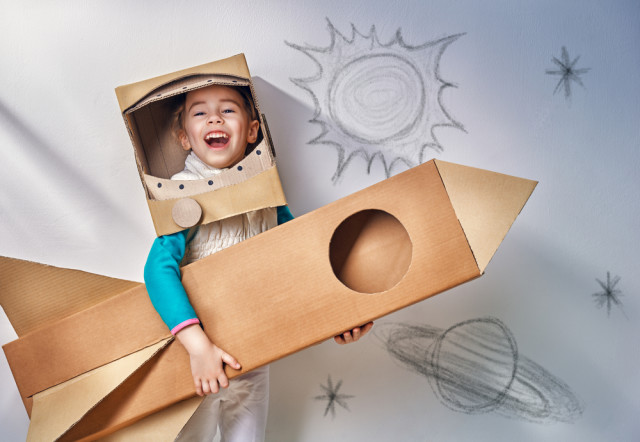
Have you ever wondered how you can make your home environment a more engaging space for your child? Or has it ever come to school holidays and you need fresh ideas to keep your children entertained?
In Montessori environments one of the key learning areas is Practical Life. Practical Life focuses on each child’s understanding of care of self and environment, grace and courtesy, control of movement, concentration and personal independence. When entering our classrooms you will see activities which are appropriate for ages 18 months to 6 years.
Here are a few simple activities to set up in your very own home to stimulate your child’s natural curiosity and independence.
:: Pouring activity
We all have cups and water at home and a simple pouring activity from a small jug to a glass will support meaningful learning in this curriculum area. Begin with dry foods such as rice and then move on to pouring liquids. If your child spills dry food while learning coordination skills, it is easily cleaned up.
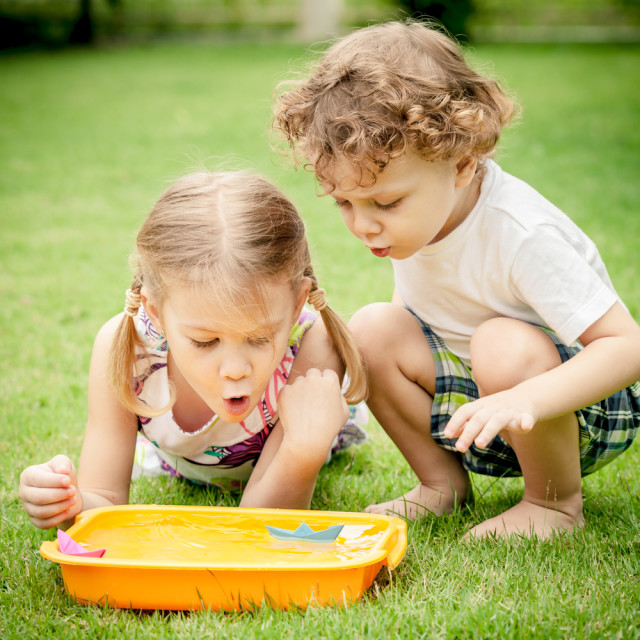
:: Pegs, numbers and colours
How about pegs? Have you got any old wooden pegs at home? Cut out a circle and put some lines in it to make 10 areas. Put numbers 1-10 in each area and again on each peg. Encourage your child to match the numbers. You can also use this activity for colour recognition. Place a colour in each area of the wheel and your child can look around the house to collect items that match those colours.
:: The possibilities are endless
Other examples of activities that can be done around the home include:
1. Cooking experiences with child sized utensils, always a fun one for your mini-MasterChef!
2. Tracing around shapes. Any old bowls, plates or cups that the child can learn to trace around. Different shapes are always best, but begin with round objects and then extend to more challenging objects.
3. Trace around some shapes onto plain paper for scissor cutting. Not only is this shape recognition but great fine motor skill development. We start encouraging the use of scissors as soon as the child enters the service.
4. Put water and soil into two separate glasses and leave the third empty. Print out some pictures of objects that live or are found on water, on land or in the air and the child can order the pictures next to the correct glass. E.g. A boat goes on water, a tree is on land and a bird is in the air.
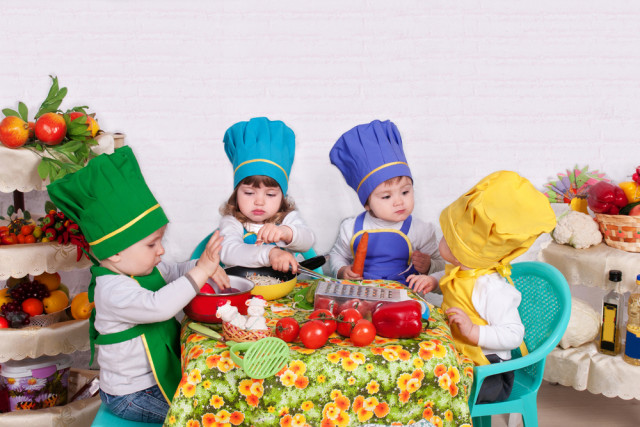
Children have absorbent minds. They are like sponges and take in information from experiences they are exposed to. Never underestimate what a child can do.
For example, have you ever broken a glass in front of your child and asked them to stand still while you run for the dust pan and broom? How about next time you say, “Oh dear I broke a glass. What should we do?” What do you think your child will say? We know at our centre children understand broken glass means to be cautious and it needs to be cleaned up right away.
So we show them how and explain why. Once they have seen it they know how to approach this situation for next time. Our children at The Learning Sanctuary are shown how to sweep it up and wrap it in newspaper before putting it in the bin. It’s so simple, purposeful and effective.
One important aspect of a Montessori environment is to ensure the resources are readily available at all times so the child can master their skills. It is important that resources are presented in a respectful manner and children are encouraged to take responsibility for their resources.
Enjoy setting up your Montessori home environment to inspire your child’s love of learning, exploration and curiosity, in a relaxed environment.
Chelsea x


